Kaspa: Accelerating Beyond the Blockchain
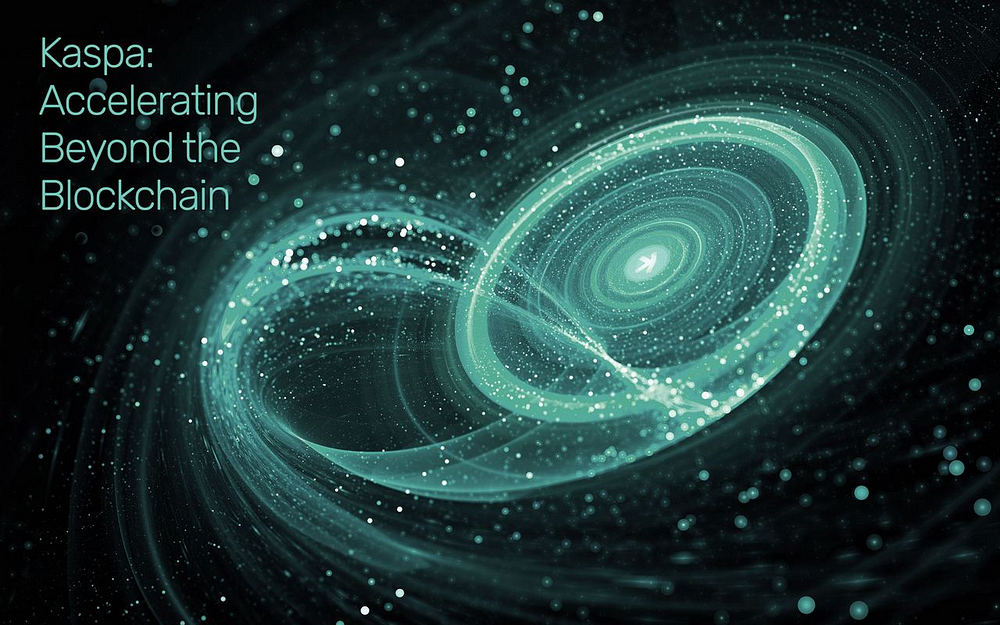
Those who follow Kaspa understand the monumental work the developers are undertaking. It’s far from just another entry in the crowded space of crypto-nonsense; it’s not another Bitcoin clone, meme token, or even a blockchain; it’s a project set on a course to redefine the foundations of crypto technology and, by extension, the financial ecosystem.
On Crypto Forks

Do you ever wonder what a fork actually is in cryptocurrency? What is the difference between a hard and a soft fork, and why does it matter? Why do people make such a big deal over a fork in the road? Imagine standing at the edge of a vast, digital city, where the streets and intersections beneath your feet are the possible paths a network could travel. Now, envision this gridiron intersecting with these countless routes, turns, and junctions, each representing a potential direction for a network. Forks, in this context, are junctures where the community decides which path to take, shaping the future of the network.
Kaspa on Rust: Evolving Testnet 11
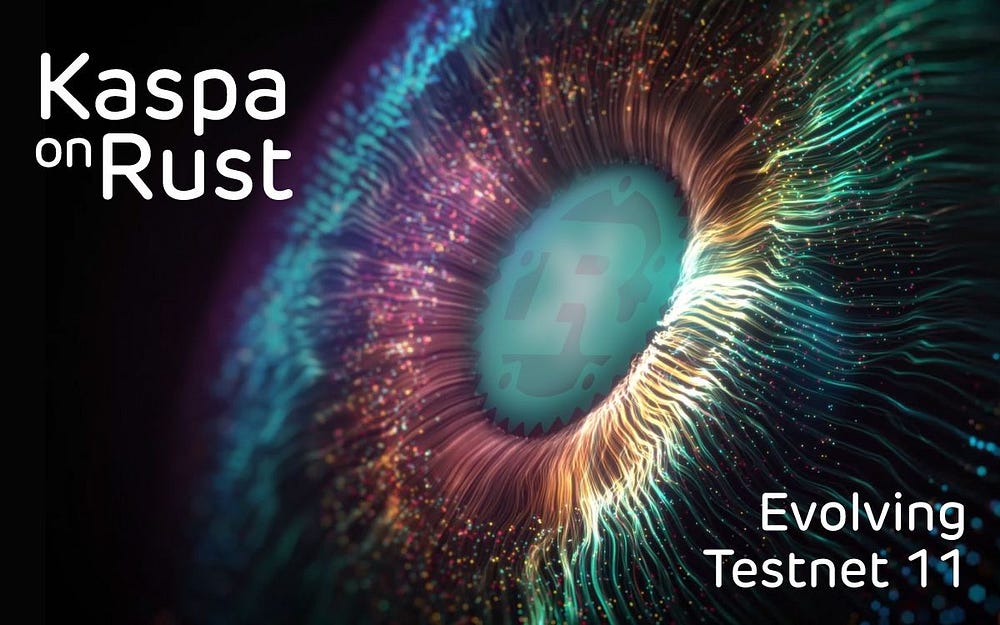
On the evening of January 7th, at 8 PM UTC, another pivotal chapter in the Kaspa saga will be written in code and history with the second unveiling of Testnet 11 (TN 11). This public release is the second expedition into the new Rust codebase that brings the promise of the impossible 10 blocks per second (10 BPS) on a proof-of-work (PoW) network. The digital experiment provides an arena where developers and enthusiasts will come together to push the envelope, exploring the dynamics of the PHANTOM GHOSTDAG protocol live on the Rust programming language.
A Year of Insight and Innovation
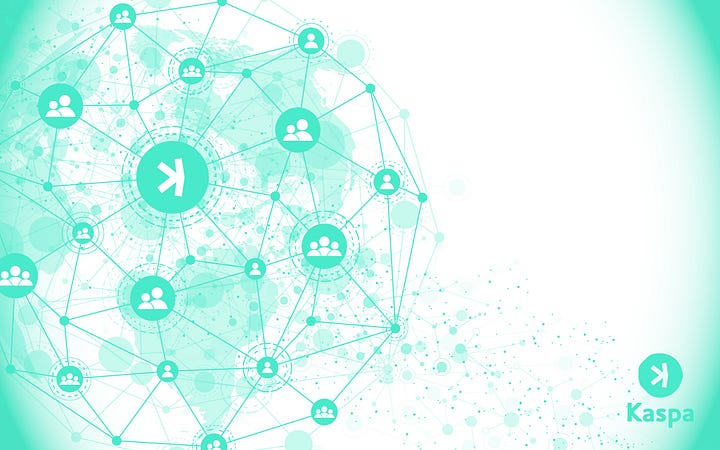
As the curtains close on 2023, I find myself caught in a blizzard of reflection, asking, ‘What the hell just happened?’ The year seems like a blur; each day, a block was swiftly added to the ledger at a dizzying 1 BPS pace. Trying to focus on a single event from this year is like attempting to spot a specific green jellybean in a jar crammed with jellybros. Each moment is so intricately intertwined with the next that distinguishing one from another turns into a chaotic ‘Candy Jar Guess’ game. My writing naturally slowed this past summer when I returned to work, resulting in fewer posts and leaving me pondering how Stella got her groove back. Only when my fingers start plodding across the mechanical keyboard, bashing through the...
Wrapped Kaspa Bridges to Polygon and BNB
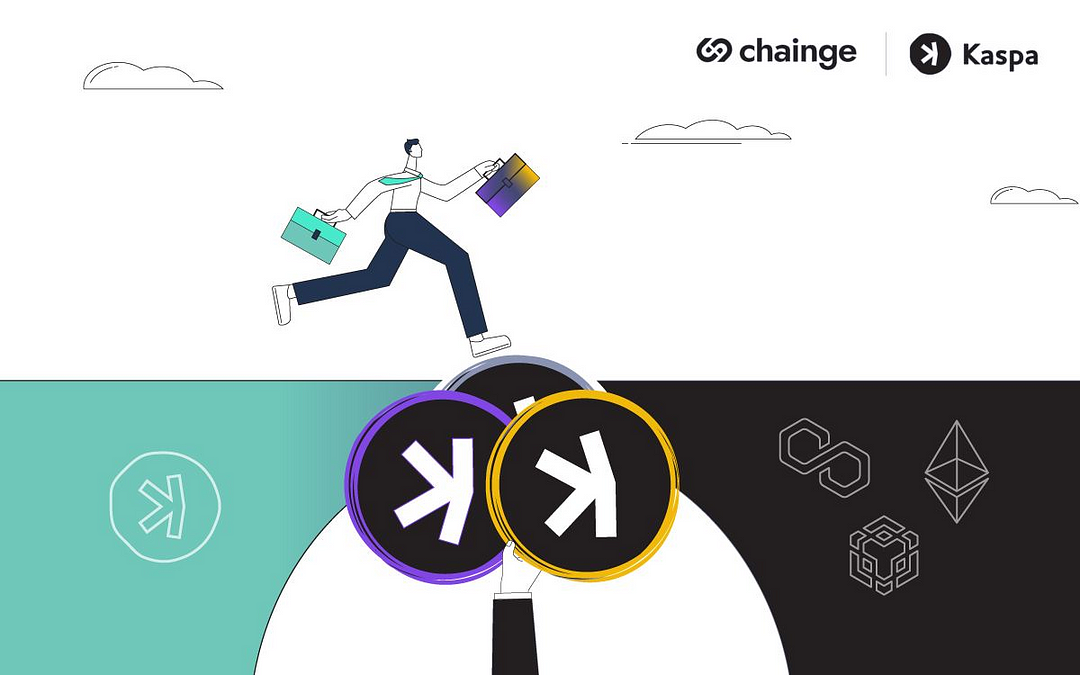
Kaspa is venturing into exciting new frontiers by introducing Wrapped Kaspa (wKAS) to the vibrant blockchain ecosystems of Polygon and BNB. This advancement, brought about by the expertise of Chainge Finance, is a significant milestone in Kaspa’s evolution within the DeFi realm, bringing on a new era of blockchain integration and interoperability.
Kaspium v1.0.1 Release
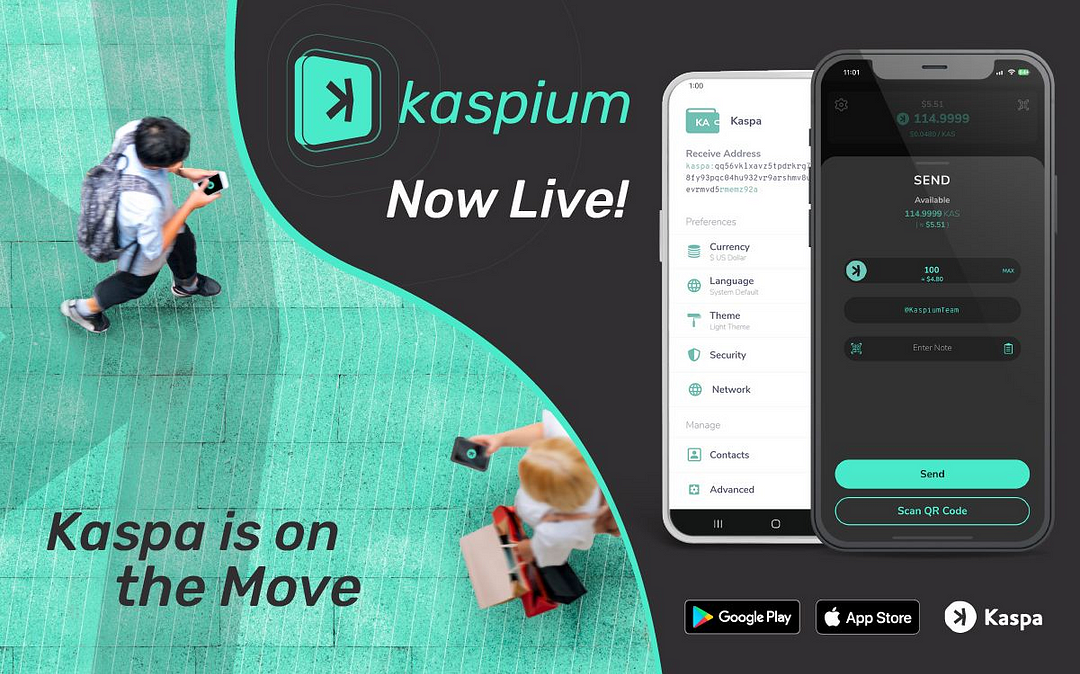
In crypto and likewise with Kaspa, there’s always some new innovation on the horizon. Riding this wave of continuous evolution and aiming to specifically accommodate the needs of the KAS community is Kaspium. Kaspium isn’t just any mobile wallet; it’s a sleek, modern, and intuitive wallet solution designed from the ground up to flawlessly integrate with the Kaspa network.
A Kaspa Performance Update
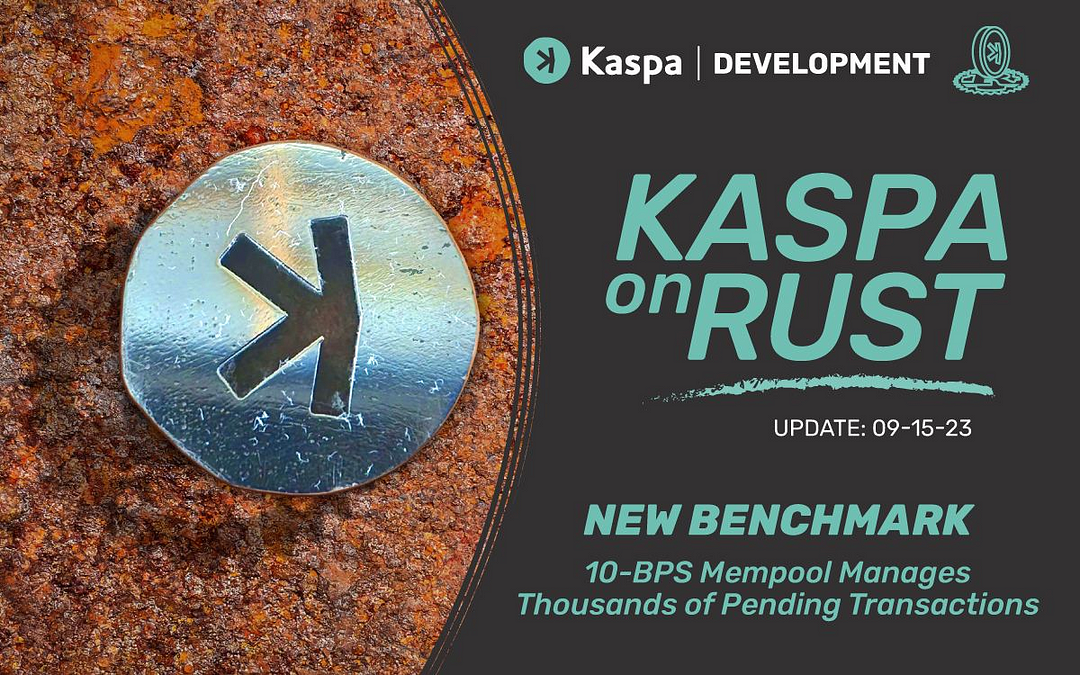
Kaspa recently unveiled another significant advancement in the performance of their mempool, a term referring to the temporary holding space for unconfirmed transactions. The new mempool design can now manage a high-frequency 10-BPS network, even when saturated with hundreds of thousands of pending transactions.
Kaspa Integrated on NOWPayments
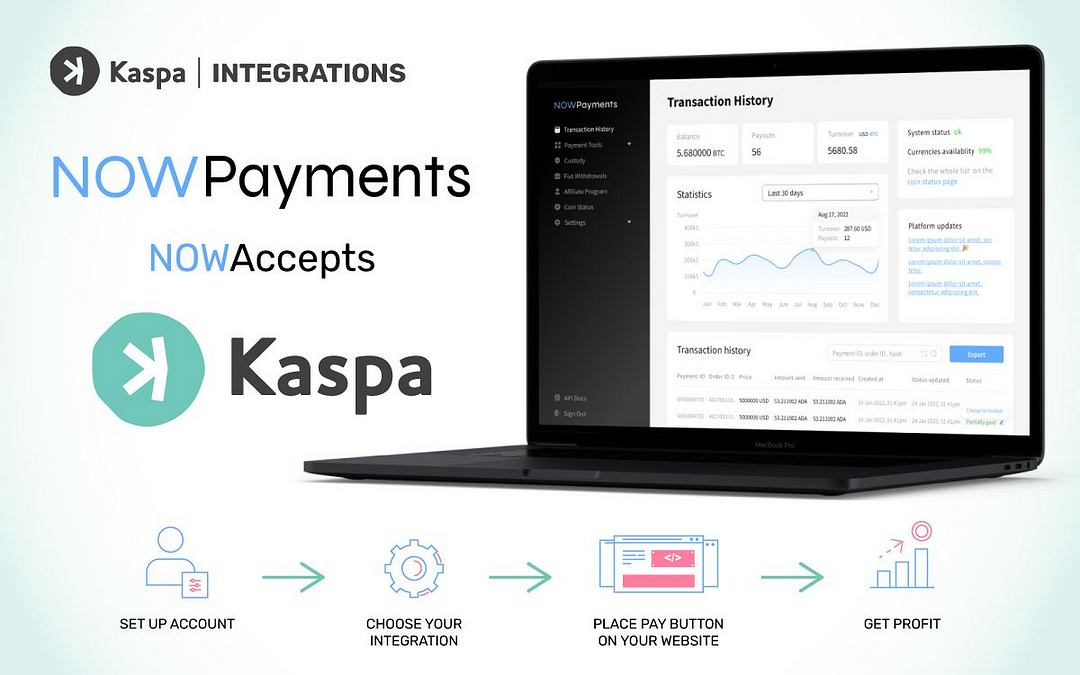
The primary use of Kaspa and the original use case of cryptocurrency, in general, is stateless money and P2P transactions of decentralized money. The journey starts with commerce, and this is where NOWPayments comes into the picture. As a significant player in the crypto payment gateway space, NOWPayments is making waves with its recent integration with Kaspa (KAS), furthering the practical use and decentralization mission.
Kaspa Community AMA with Guest @realKateL from ChangeNOW & NOWPayments

The Kaspa Community hosted an AMA on July 27th with guest @realKateL, a partnership lead from two exciting projects: ChangeNOW and NOWPayments, each offering unique solutions for users and merchants with their latest KAS integration.
The Solution to Double Spending
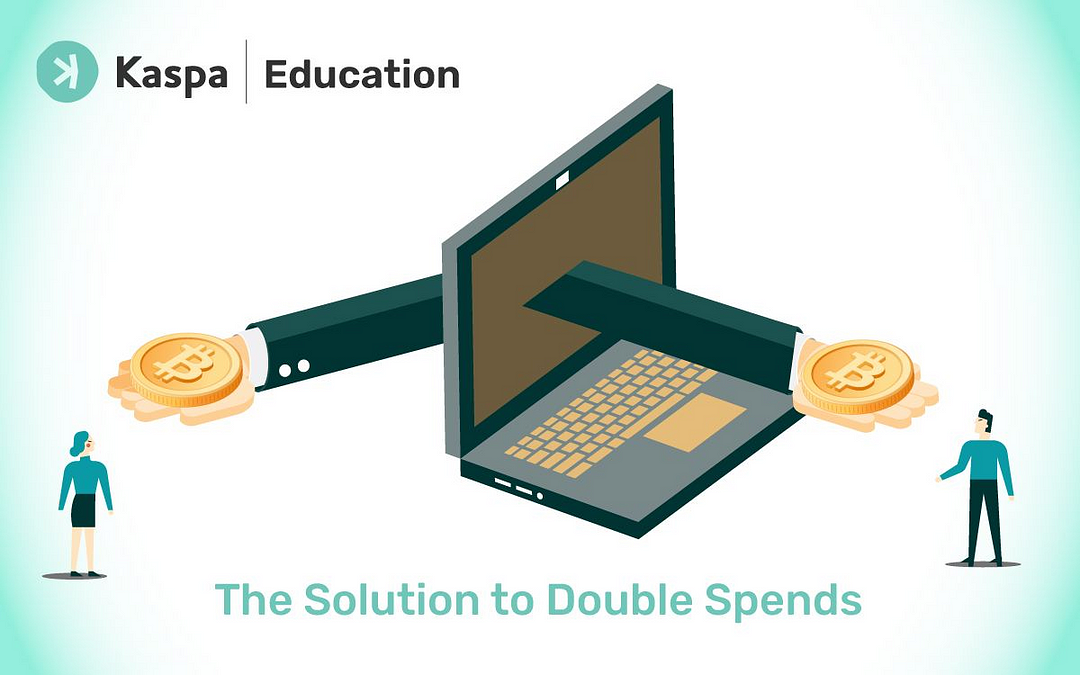
Double spending is the fraudulent practice of using the same digital currency in multiple transactions. It’s like paying for two things with the same physical dollar bill. In the digital world, where a currency’s presence isn’t tangible, this can become a severe issue, threatening the entire system’s trust and integrity.